Georgia, a country steeped in history and culture, holds a unique position on the UNESCO World Heritage list. Its legacy is reflected not only in its material heritage—ancient monuments and breathtaking landscapes—but also in its non-material heritage, encompassing traditions, crafts, and customs that have been passed down through generations.
In this blog, we’ll explore Georgia’s UNESCO-recognized material heritage.
Material Heritage: Tangible Treasures of Georgia
1. Historical Monuments of Mtskheta
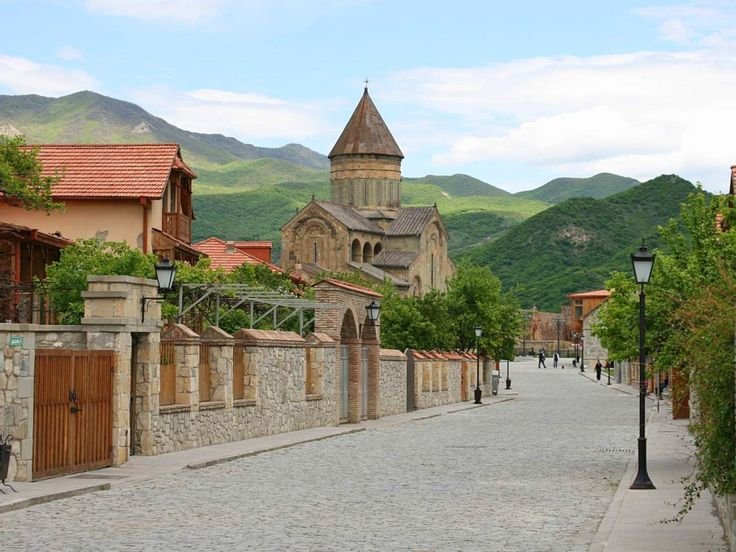
The ancient capital of Georgia, Mtskheta, is home to some of the country’s most iconic religious monuments, recognized as UNESCO World Heritage Sites in 1994.
- Key Features:
- Svetitskhoveli Cathedral: Known as the burial site of Christ’s robe.
- Jvari Monastery: A 6th-century masterpiece of early Georgian church architecture.
- These sites symbolize Georgia’s adoption of Christianity in the 4th century.
2. Gelati Monastery
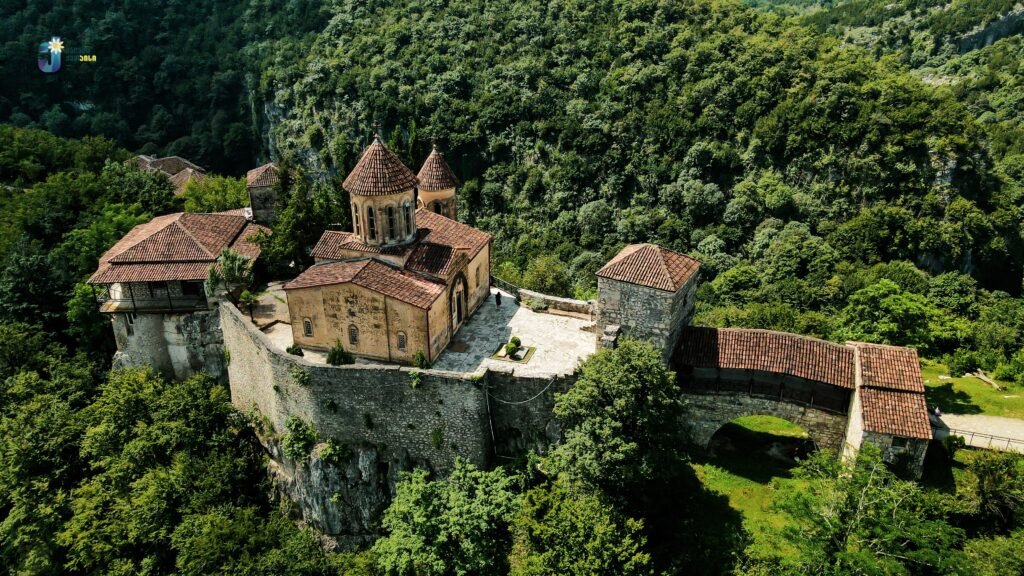
Founded in 1106 by King David the Builder, the Gelati Monastery, near Kutaisi, is a stunning example of medieval Georgian architecture and art.
- Why It’s Special:
- Known as a center of learning and culture during Georgia’s Golden Age.
- Houses vibrant frescoes and mosaics that showcase the artistic talents of the era.
3. Upper Svaneti
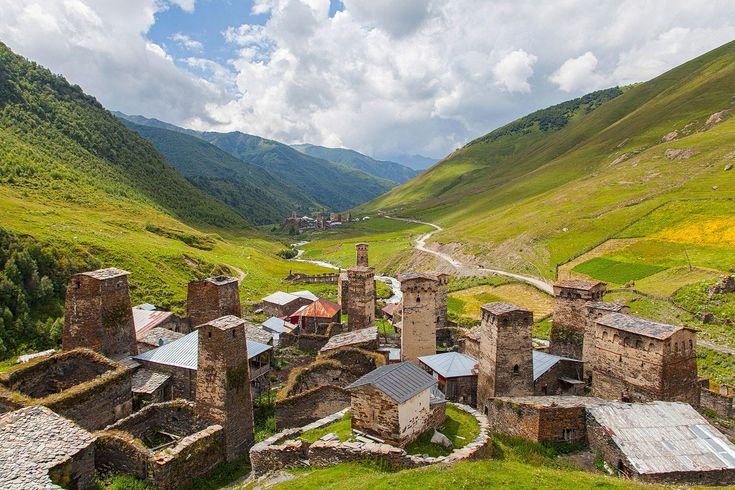
The remote region of Upper Svaneti is a living museum of medieval Georgian culture, added to the UNESCO list in 1996.
- Highlights:
- Famous for its Svan towers, defensive stone structures built between the 9th and 12th centuries.
- The village of Ushguli, one of Europe’s highest settlements, offers breathtaking views of Mount Shkhara.
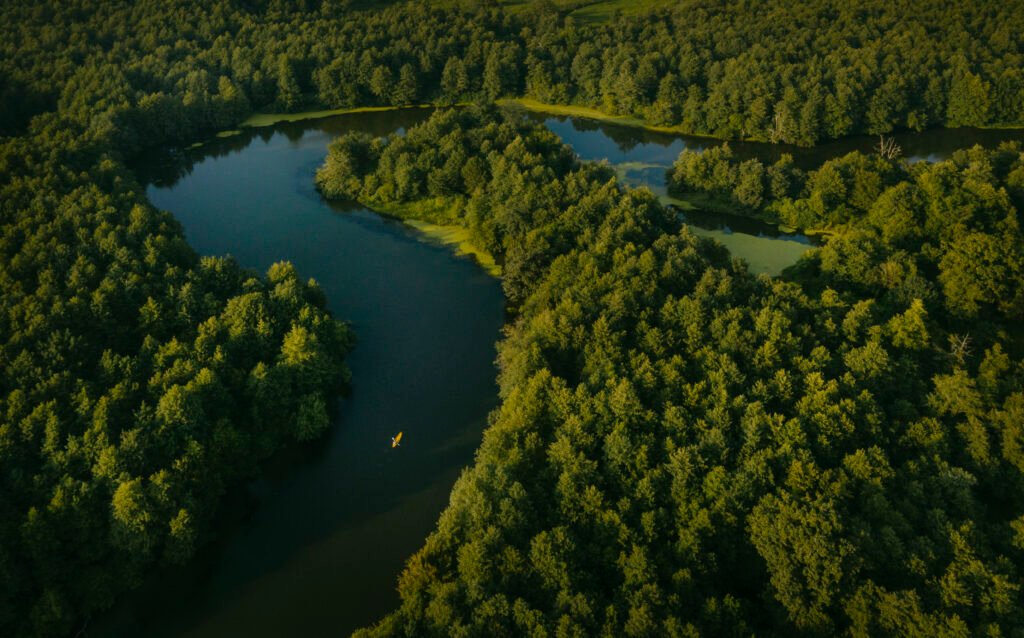
4. Colchic Rainforests and Wetlands
Recognized as a UNESCO World Heritage Site in 2021, the Colchic Rainforests and Wetlands along Georgia’s Black Sea coast are a natural wonder.
- What to See:
- Ancient subtropical forests that date back millions of years.
- Rare plant and animal species, including the Persian leopard and unique birdlife.
5. Vardzia (Tentative List)
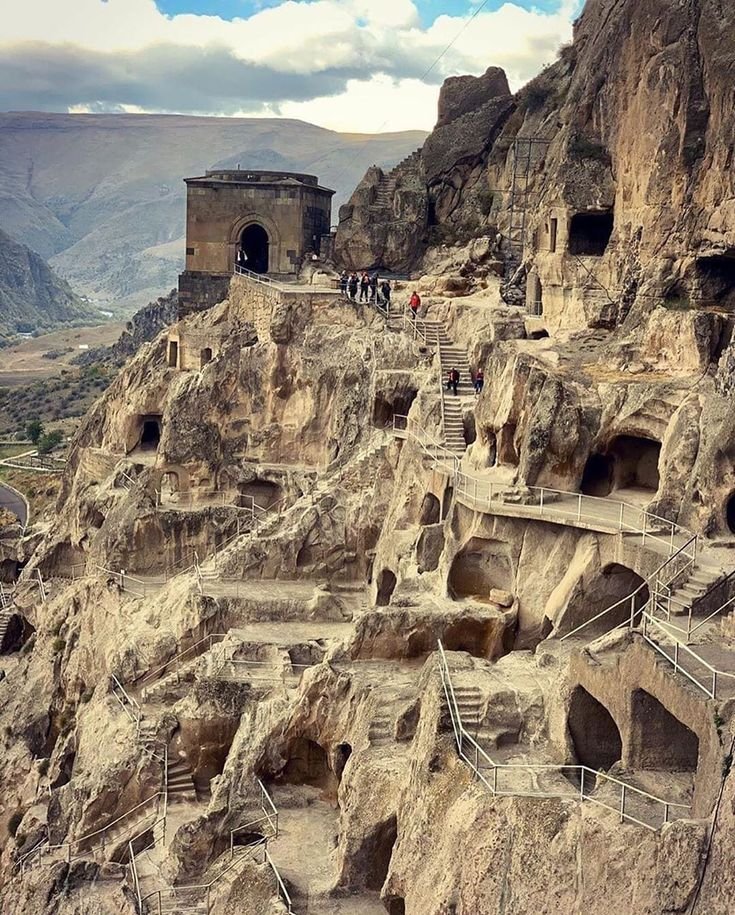
Although not yet officially a UNESCO World Heritage Site, the Vardzia Cave Monastery is on Georgia’s tentative list and is a marvel of medieval engineering.
- Why Visit:
- A sprawling underground monastery carved into cliffs during the 12th century.
- A symbol of Georgia’s resilience and creativity during times of invasion.
6. Dmanisi Archaeological Site

Recognized for its global significance, the Dmanisi Archaeological Site in southern Georgia holds the earliest evidence of human migration from Africa.
- Key Features:
- Fossils of Homo erectus georgicus, dating back 1.8 million years.
- The site sheds light on early human evolution and migration patterns.
- Why It Matters: Dmanisi provides a unique window into humanity’s ancient history, connecting Georgia to the global story of human origins.
7. Tbilisi Historic District (Tentative List)
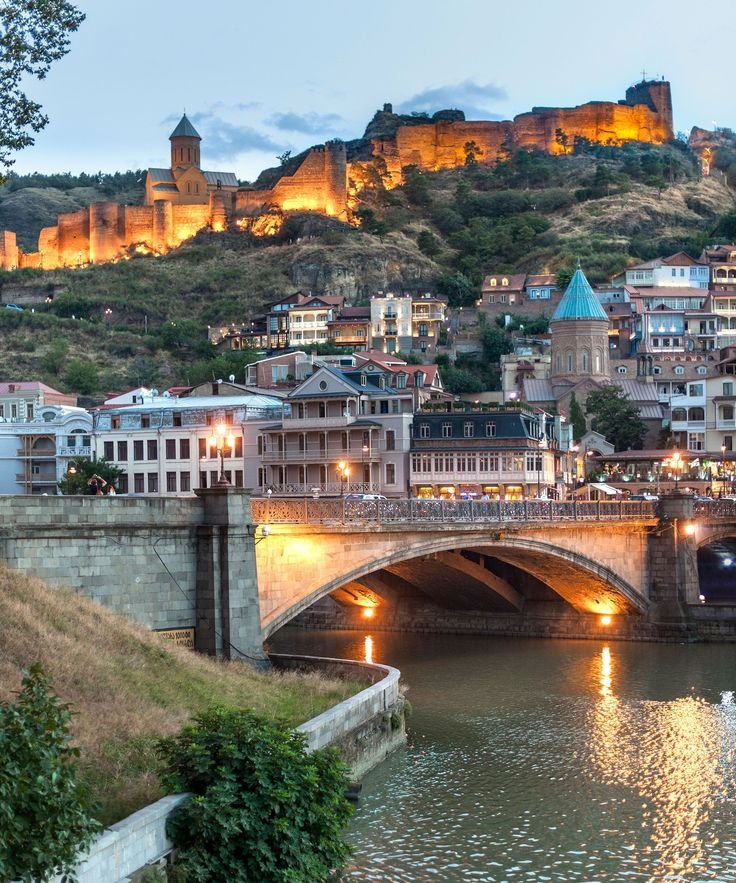
Georgia’s capital, Tbilisi, is a melting pot of cultures, and its historic district reflects centuries of architectural and cultural fusion.
- Highlights:
- The Old Town features narrow streets, vibrant balconies, and a mix of Georgian, Persian, and European architectural styles.
Historical landmarks like the Anchiskhati Basilica (6th century) and the sulfur baths contribute to its UNESCO potential.







